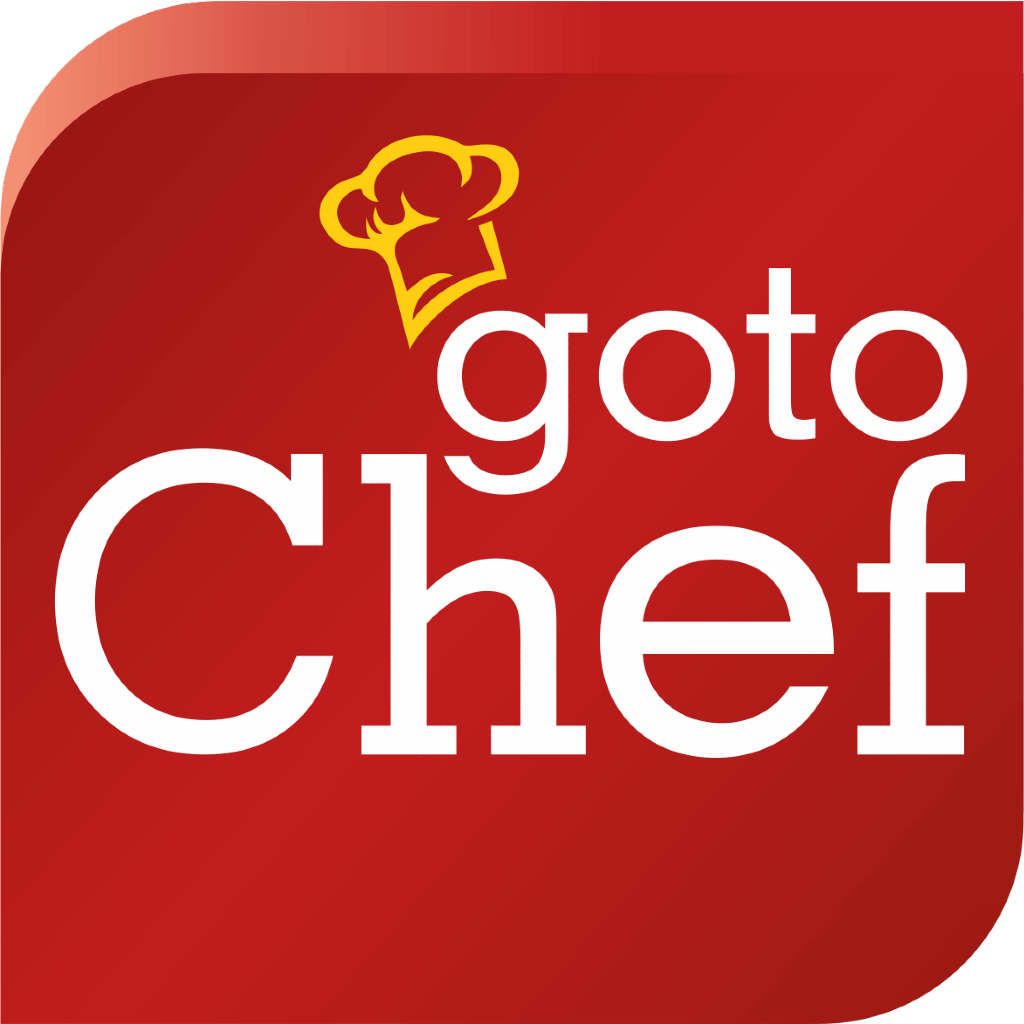


- Disclaimer
"Information here is provided for discussion and educational purposes only. It is not intended as medical advice or product or ingredient review/rating. The information may not apply to you and before you use or take any action, you should contact the manufacturer, seller, medical, dietary, fitness or other professional. If you utilize any information provided here, you do so at your own risk and you waive any right against Culinary Communications Private Limited, its affiliates, officers, directors, employees or representatives.”

Find your ideal consumers with us!
Don't have an account? Sign up here!
Login as a Brand? Click here

Our teams are working on building great features, worldwide recipes, insightful articles and much more, just for the passionate you!
Enter your email id below to make sure you don't miss a beat on all whats happening on GoToChef.

Description
Shellac is a resin secreted by the female lac bug on trees in the forests of India and Thailand. After feeding on tree sap, the female lac bug secretes a substance called lac to protect her soon-to-hatch eggs. Often found and collected in forests of India or Thailand, the lac later hardens to create a flaky shellac. It is then dissolved in ethanol, an alcohol fuel distilled from plant materials. The process leads to the creation of glaze and shellac polish. It is processed and sold as dry flakes and dissolved in alcohol to make liquid shellac, which is used as a brush-on colorant, food glaze and wood finish. The main uses of shellac in confectionery are to do with coating chocolate goods, such as candy-covered nuts and raisins, and similar products. But what many people may not realize is that it’s also used as a coating on some nutritional supplements, medicines, fruit, and even coffee beans. Shellac is also sprayed on grocery store apples to make them shiny and keep them fresh in the store. Apples sold in grocery stores must be washed for sanitary reasons and then sprayed with a fine mist of shellac to restore outer skin protection. Without this waxy layer, the washed apples would spoil too quickly.